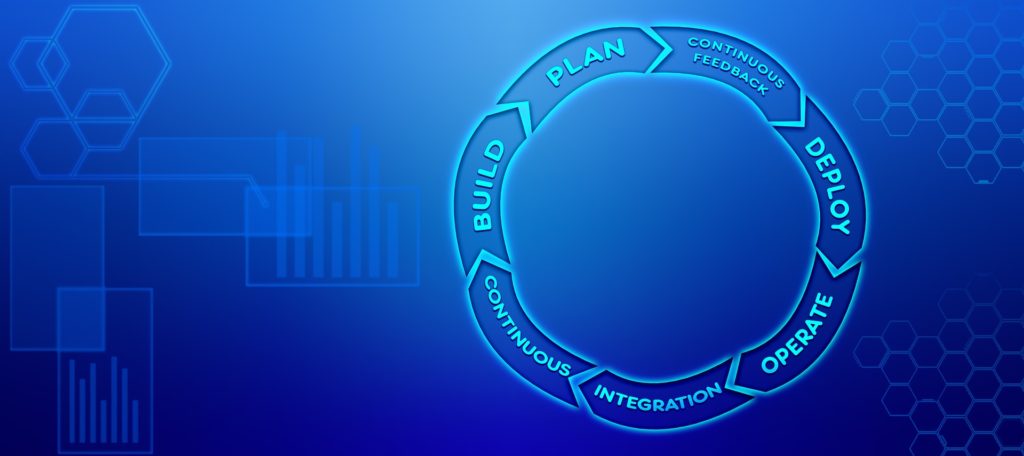Finding the right IT framework can transform the delivery of services and support. But how do you find the right one now there are so many to choose from?
For years, running an IT department was a lot simpler. Complexity was relatively low, and if something went wrong, there would generally be an IT man who could fix it. As time progessed, businesses started to identify common themes in their ways of working, which were generally accepted good practices, before long, ‘best practice’ was born. This best practice was then documented with the view of sharing it, and helping other organisations to adopt them. The IT Infrastructure Library (ITIL), the first framework began, documenting, culminating in the ‘Service Lifecycle Approach ITIL v3’ in 2011. A framework became an approach or best practice.
Alongside all of this, a thriving education and certification industry grew, with a common language, and the common goal of taking the basic principles a service from development into practice.
More and more Frameworks
On the back of the success of ITIL, other IT frameworks and approaches emerged such as TOGAF, COBIT, ISO 20000, SIAM, DevOps, Agile, Cloud, MOF and Lean. Two constant challenges which ran through them all was
- Relevance – how could these frameworks or approaches keep up with the pace of technological change?
- Adaption – how could we not only adapt the new principles of a framework, but also adapt those principles to your own business’s needs? Some organisations achieved this more than others.
2018
Today’s IT leaders are not just techies who can manage people and a department, they understand the business in which they’re working, and they work closely with their colleagues to develop, build and operate services which have technology at their core. Digital transformation has driven a new type of behaviour,
To support this shift in focus, where do today’s businesses look for the best technology management framework? ITIL v3 needs a refresh and ITIL 4, which will reflect the digital age, won’t be launched until early 2019.
Our advice is to take the best of the frameworks which are available and build an IT operating model which supports the new ways of working. Remember, frameworks are not mutually exclusive – instead try mix and match components together in a non-prescriptive nature – remember each organisation will have very different requirements from its operating model.

